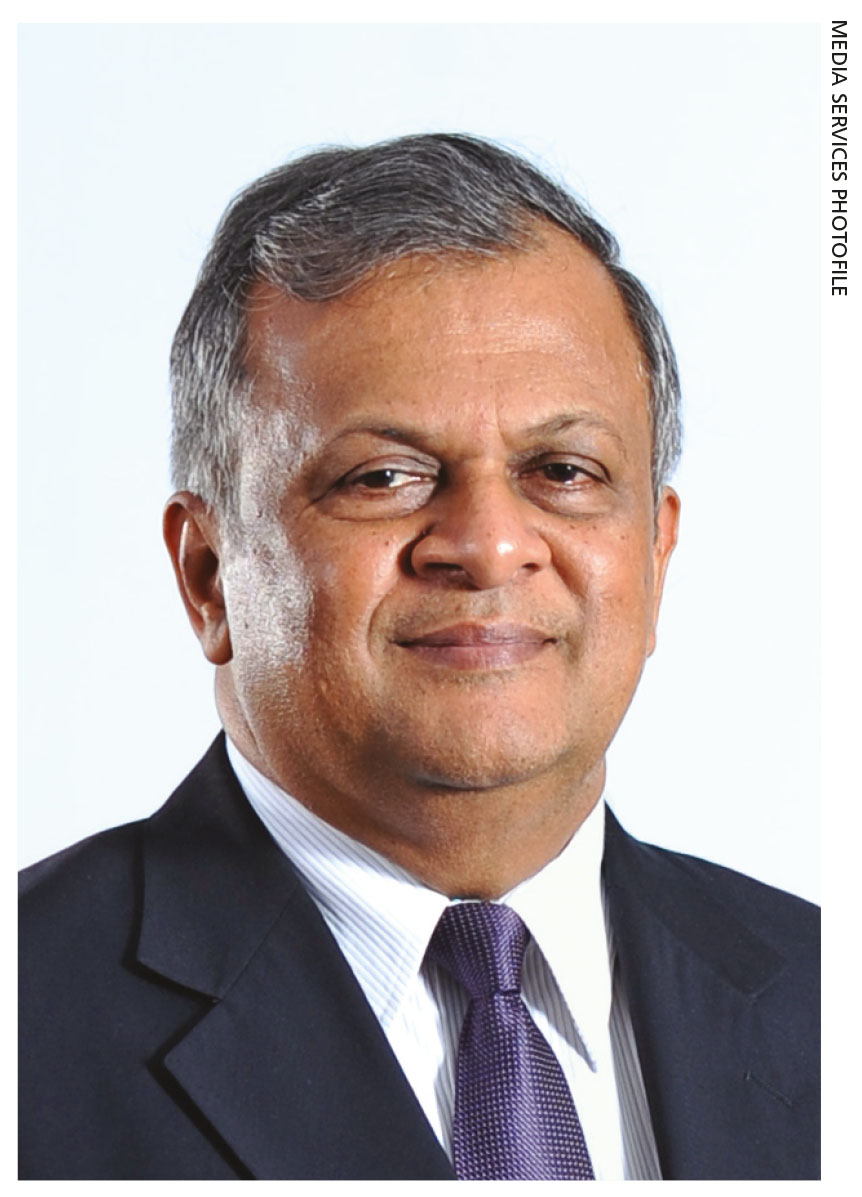SME SECTOR
Compiled by Savithri Rodrigo
NURTURE SMALL BUSINESS
Kosala Wickramanayake presents a strategy to reinvigorate the SME sector
Q: How would you describe the present SME landscape?
A: Approximately 80 percent of Sri Lankan businesses are SMEs, generating employment of 50 percent and contributing to half of the country’s GDP.
SMEs are a vital tool for poverty alleviation as an impactful avenue of generating employment for youth and the rural sector – and encouraging entrepreneurs to launch new ventures in rural areas. But financial and technological support must be extended to them.
With COVID-19, the sector was impacted significantly. Support from government and partner funders is necessary while the banks must step up, be flexible, not be reluctant to extend facilities due to insufficient collateral and open SME desks for one-to-one dialogue.
This flexibility is a crucial factor in optimising SME contribution.
Q: Are SMEs given due recognition in our economic model?
A: Successive governments have taken positive initiatives. The establishment of the National Enterprise Development Authority (NEDA) is a good example of this although such entities have not been able to implement their mandates.
Neither the Central Bank of Sri Lanka nor the Finance Ministry have held these entities accountable. They don’t quite comprehend SME requirements and governments themselves are at fault for disrupting cash flow cycles by not paying bills on time, which has a cascading impact on SMEs.
Ministries are also chopped and changed at the whim of governments, which means that the singular focus on entrepreneurs and enterprises is lost. The caretaker government must be commended for rescheduling loans given to SMEs to reactivate their businesses post-COVID.
Q: Which sectors should Sri Lanka pursue?
A: Sri Lanka must move up the value chain through agro-food processing, rural tourism, electronics and IT – including app and software development – and
the healthcare and wellness sector, which will spur the development of Ayurveda products, designer handicraft, and value addition to the gem and jewellery segment.
However, there is a dire need for government support through a crafts council via the Export Development Board (EDB). Other examples include business development services (BDS) and public-private partnership (PPP) structures through foreign funding.
The low interest loan funding provided by the Asian Development Bank (ADB), and disbursed through the National Development Bank and DFCC in the late 1980s, proved to be effective. Establishing a structure similar to an EXIM or development bank, or using state banks to establish a joint venture development unit to help SME exports would be helpful.
Public services have high entry barriers. Government contracts should be opened for new entrepreneurs to enable more efficiency and help grow the SME sector.
Q: What strengths do SMEs possess?
A: The ability to adapt and change rapidly at minimal cost, which the COVID-19 crisis has proved. Moreover, the cost to adapt and change is low compared to larger businesses, which implies that efficiency is high. SMEs also generate employment at a low cost.
Q: And where do the sector weaknesses lie?
A: The sector is disorganised; it lacks training, technology inputs and access to finance, markets or marketing prowess. There’s a lack of working capital too, which hinders expansion. And there isn’t a systematic process for supply chains.
Due to over-regulation and inflexibility of funding entities, the cost of doing business increases as do inefficiencies. This is because SMEs tend to use immediate remedies rather than pursue a long-term vision in the context of application.
Q: How challenging is it to infuse R&D and innovation into SMEs?
A: SMEs don’t have the capacity or capital to facilitate R&D, because this calls for money and manpower. There’s no support system to address this and it isn’t a priority for entrepreneurs who are busy fighting to survive.
Bringing PPPs into the equation will spur R&D and innovation on a platform that can be shared by multiple SMEs.
Q: Why does value addition continue to take a backseat within the SME sector?
A: Large global entities shy away from working with smaller local companies due to lack of control, being unsure of sustained quality, reputation and supply chain inefficiencies.
These smaller entities aren’t geared for value addition due to a lack of knowledge and relevant competencies to move into larger markets. Integration into global supply chains is an important area of focus if SMEs are to be strengthened and nurtured for global competitiveness.







Leave a comment